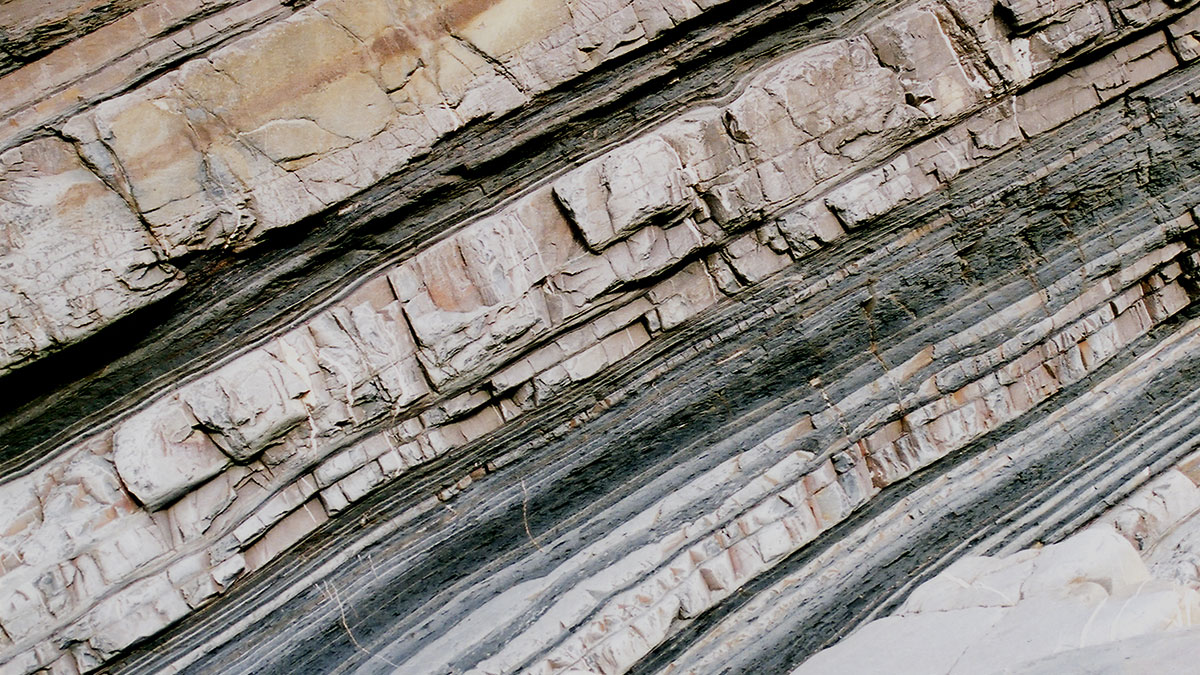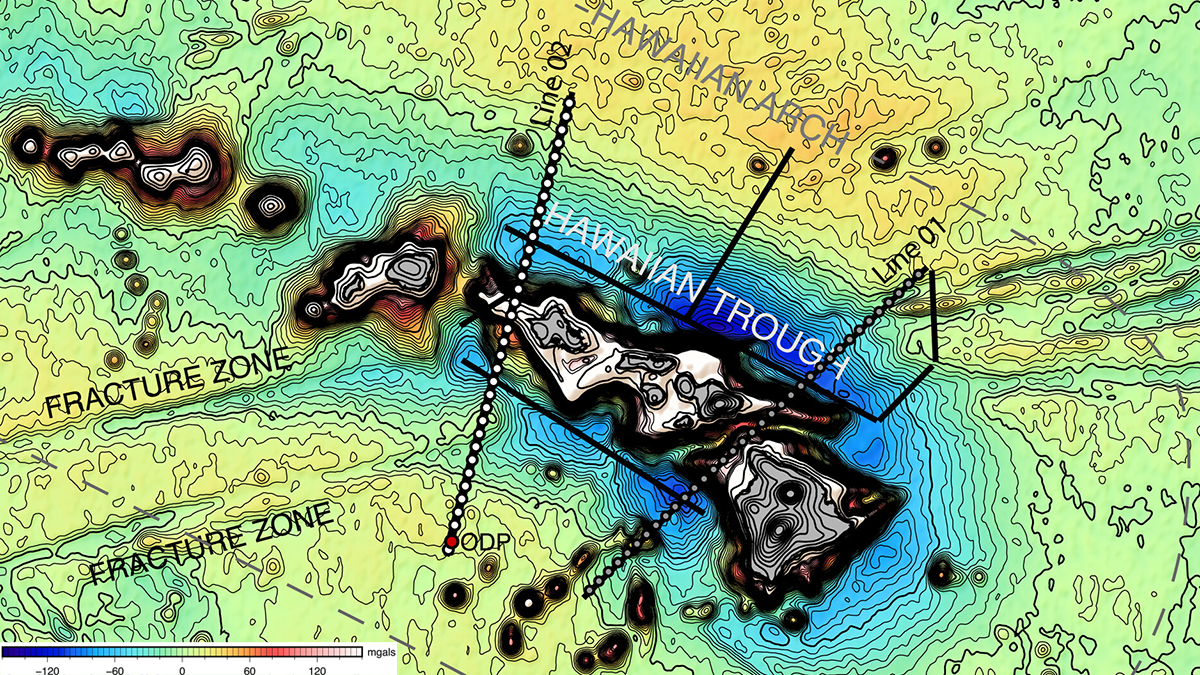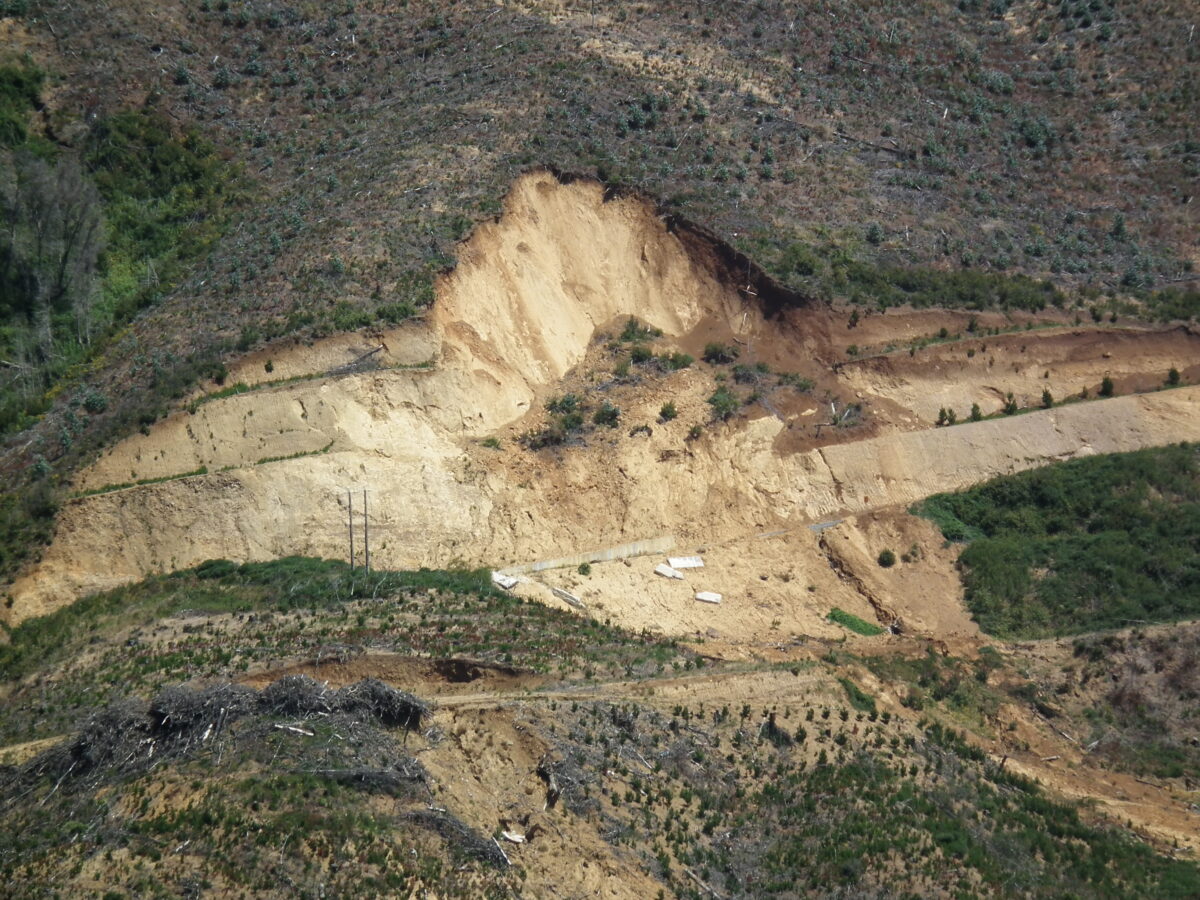New seafloor magnetic data help scientists retrace the evolution of the Reykjanes Ridge, lending insights into the effects of a mantle plume on mid-ocean ridge organization and evolution.
Earth science
Low-Level Clouds Disappear During a Solar Eclipse
Cumulus clouds rapidly dissipate as the land surface cools, a finding that has implications for Sun-obscuring geoengineering efforts.
Stone Age Humans Chose Their Rocks with Care
Ancient humans possessed sophisticated knowledge of the properties of the stones they used to make tools.
Submarine Avalanche Deposits Hold Clues to Past Earthquakes
Scientists are making progress on illuminating how undersea sedimentary deposits called turbidites form and on reconstructing the complex histories they record. But it’s not an easy task.
Giant Impacts Might Have Triggered Snowball Earth Events
Running into the right space rock at the right time may have been enough to tip Earth into a runaway cold spell.
A Strong Pacific Plate Bends Under the Hawaiian Volcanic Chain
Two seismic studies reveal the volcanic loads and resulting flexure of the Pacific plate at the Hawaiian Ridge and, surprisingly, show no magmatic underplating.
A Long-Lost Tropical Island Lies Off Brazil’s Coast
An undersea volcanic plateau in the southwestern Atlantic was a tropical island 45 million years ago.
Snapping Science in the Field
Snapchat, the multimedia messaging app, offers a range of features that make it an unexpectedly useful tool for geoscientists on the go.
التربة المكهربة تزيد نمو النباتات
خمسة أيام من الكهرباء المنخفضة الجهد الموجهة إلى جذور النباتات الناشئة عززت نموها بأكثر من 50 بالمئة.
Understanding fatal landslides at global scales
The Landslide Blog is written by Dave Petley, who is widely recognized as a world leader in the study and management of landslides. Over a long period of time, I collected data on landslides that kill people around the world – work that started on a whim but became very interesting. My two most cited […]










